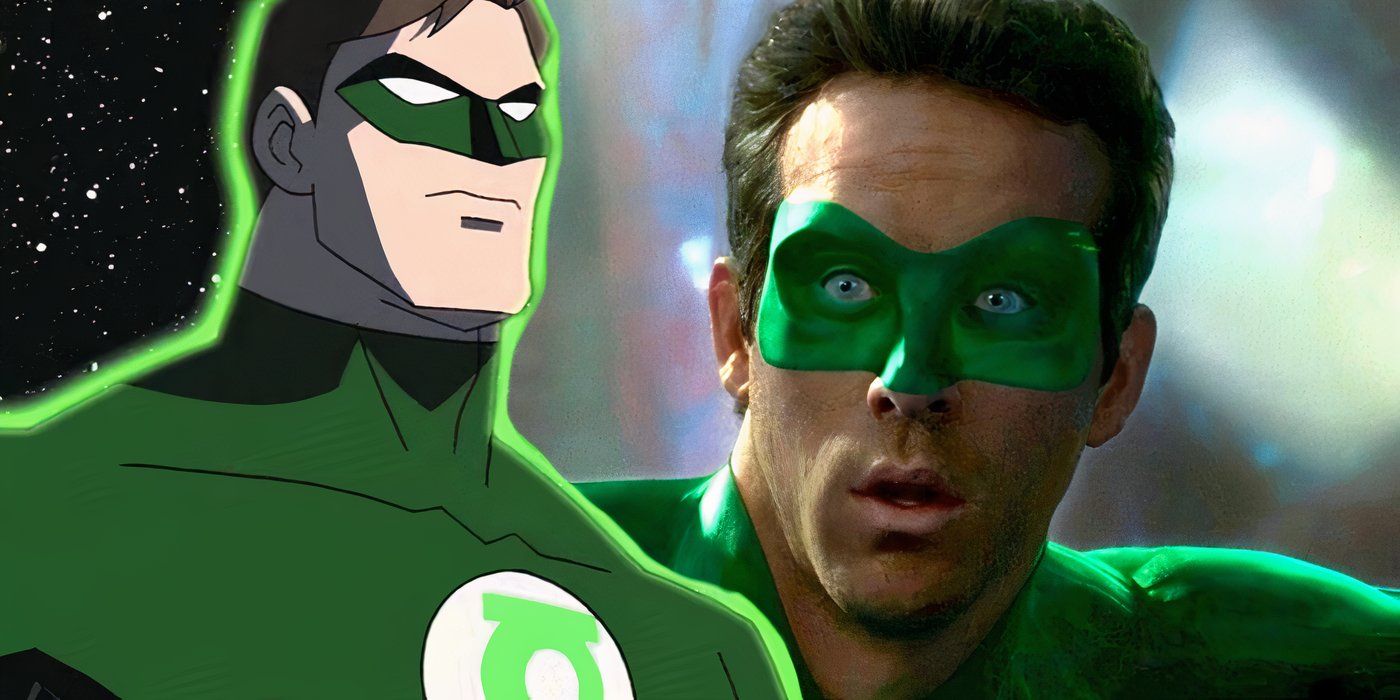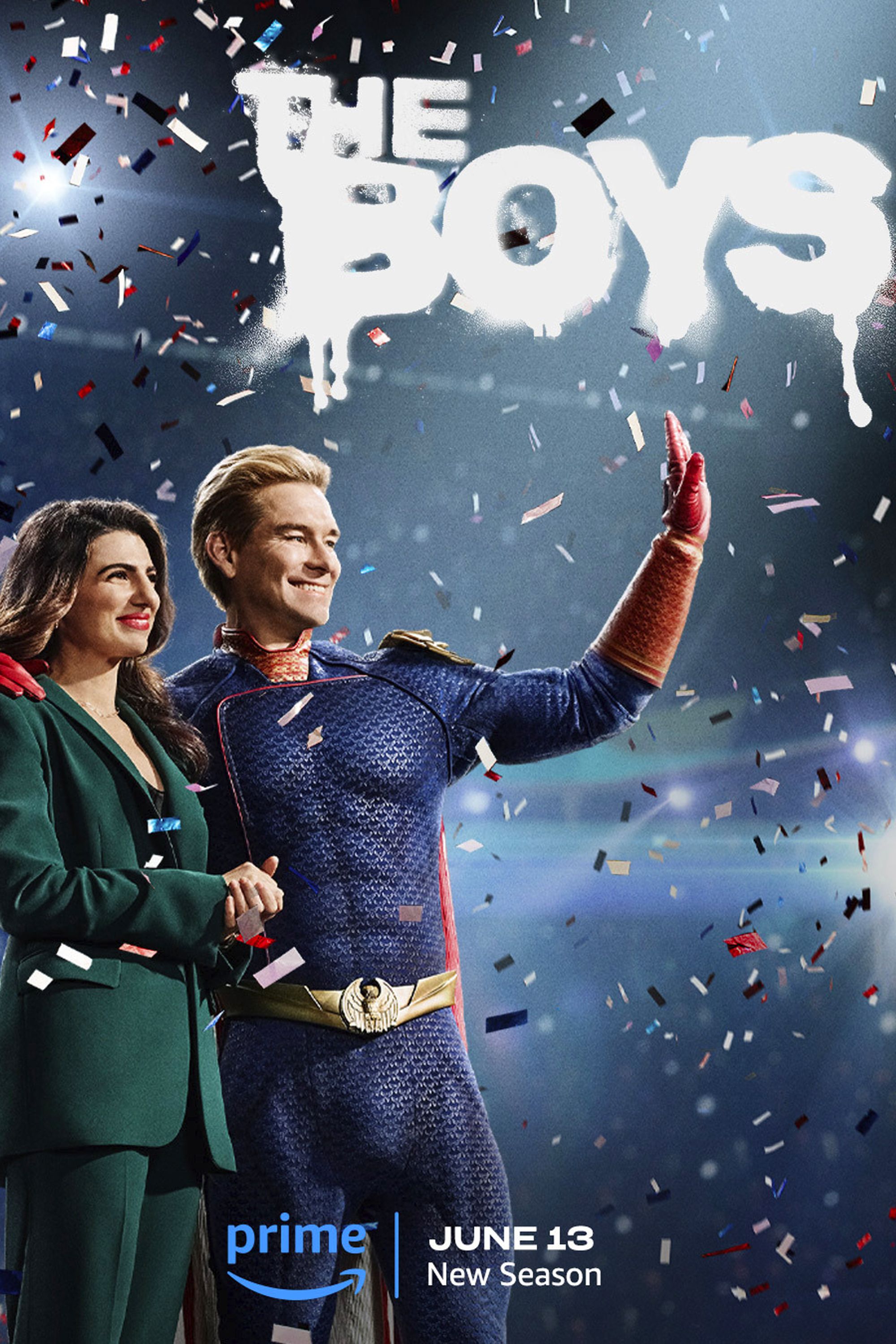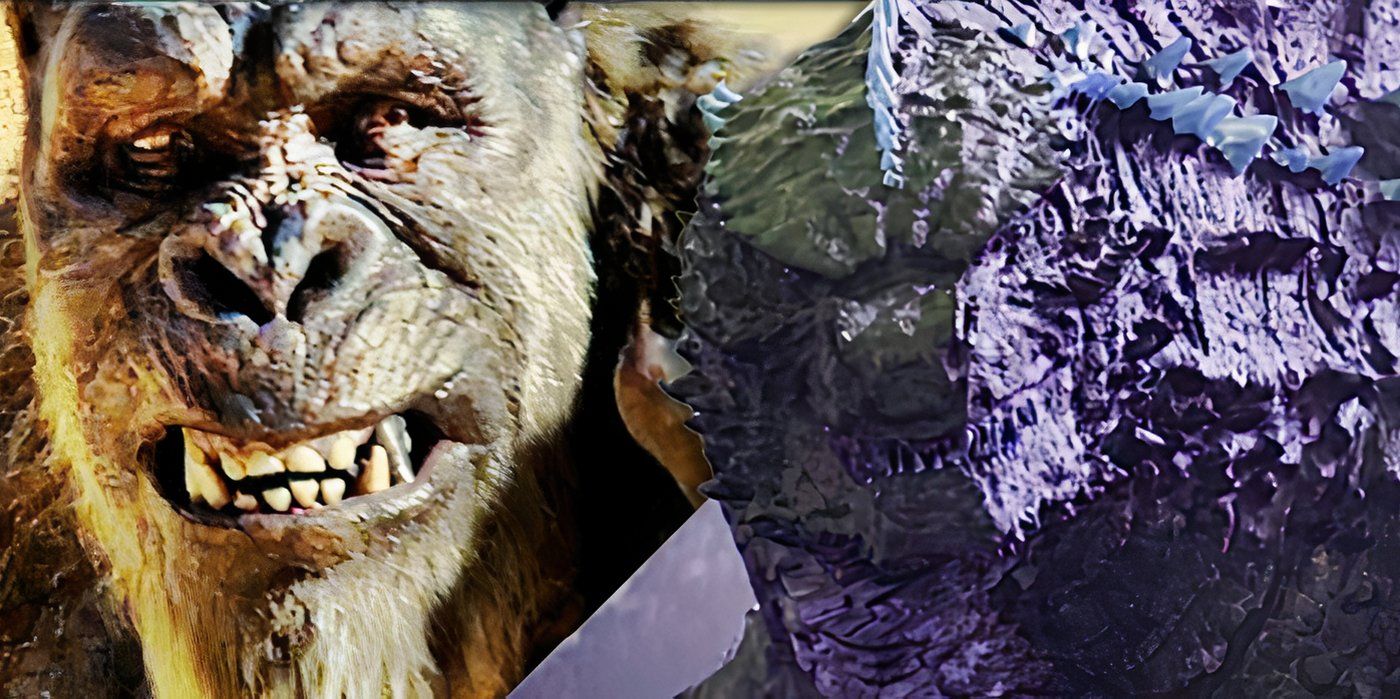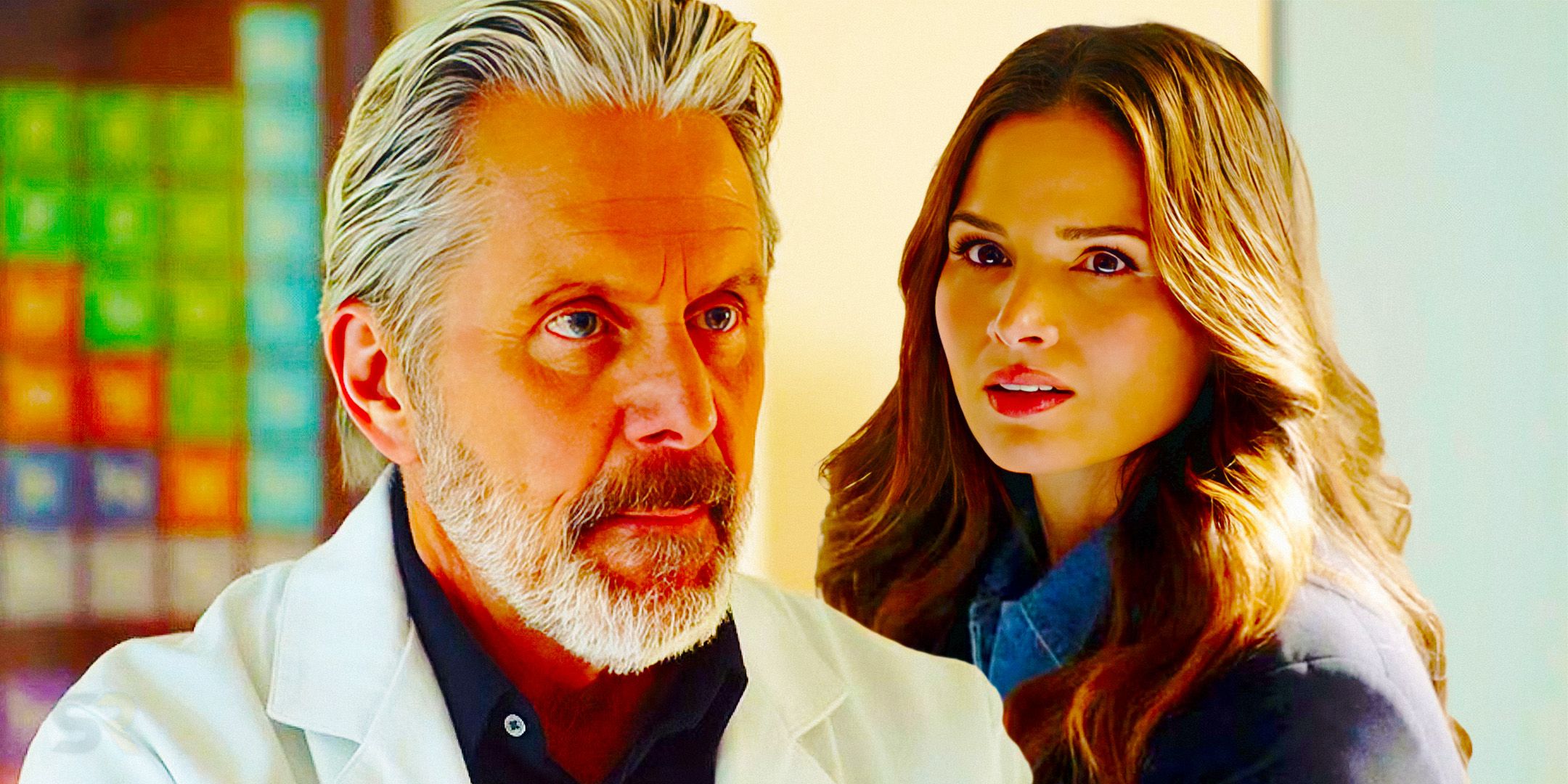How does Barry Keoghan’s Joker in The Batman compare to his movie predecessors? Here’s our actor-by-actor breakdown. It’s testament to the villain’s enduring cultural legacy that Hollywood’s club of Joker actors is almost as large as Batman’s. Only Val Kilmer and George Clooney sneaked away without facing the infamous Clown Prince of Crime (and then only because their movies semi-existed within Tim Burton’s continuity), but Joaquin Phoenix starring in DC’s Joker solo movie helped close the gap. The latest pale addition to their ranks is Barry Keoghan, who makes his official debut in Matt Reeves’ 2022 The Batman, starring Robert Pattinson as the Caped Crusader.
In official terms, Keoghan’s Joker debuts in The Batman‘s final scenes. The Riddler (Paul Dano) is transferred to Arkham and barely has time to find a place for his toothbrush before a mysterious inmate begins making friendly overtures. Though not referenced by name, the laugh and silhouette all but confirm this shadowy creep is Barry Keoghan’s Joker. And to dispel any lingering clouds of uncertainty, Warner Bros. released a 5-minute deleted scene showing The Batman‘s new Joker in full. The sequence – in which Pattinson’s Batman seeks Joker’s perspective on the Riddler case – not only gives close-up details of Keoghan’s physical appearance in the iconic role, but also offers breadcrumbs as to his backstory and past with Batman.
As Keoghan himself has since acknowledged, he joins a long and illustrious line of big screen Bat-botherers, following in the footsteps of Cesar Romero, Jack Nicholson, Heath Ledger, Jared Leto and Joaquin Phoenix. How does The Batman‘s interpretation compare to all five in terms of his design, origin, and mannerisms?
How The Batman’s Joker Is Different To Cesar Romero’s
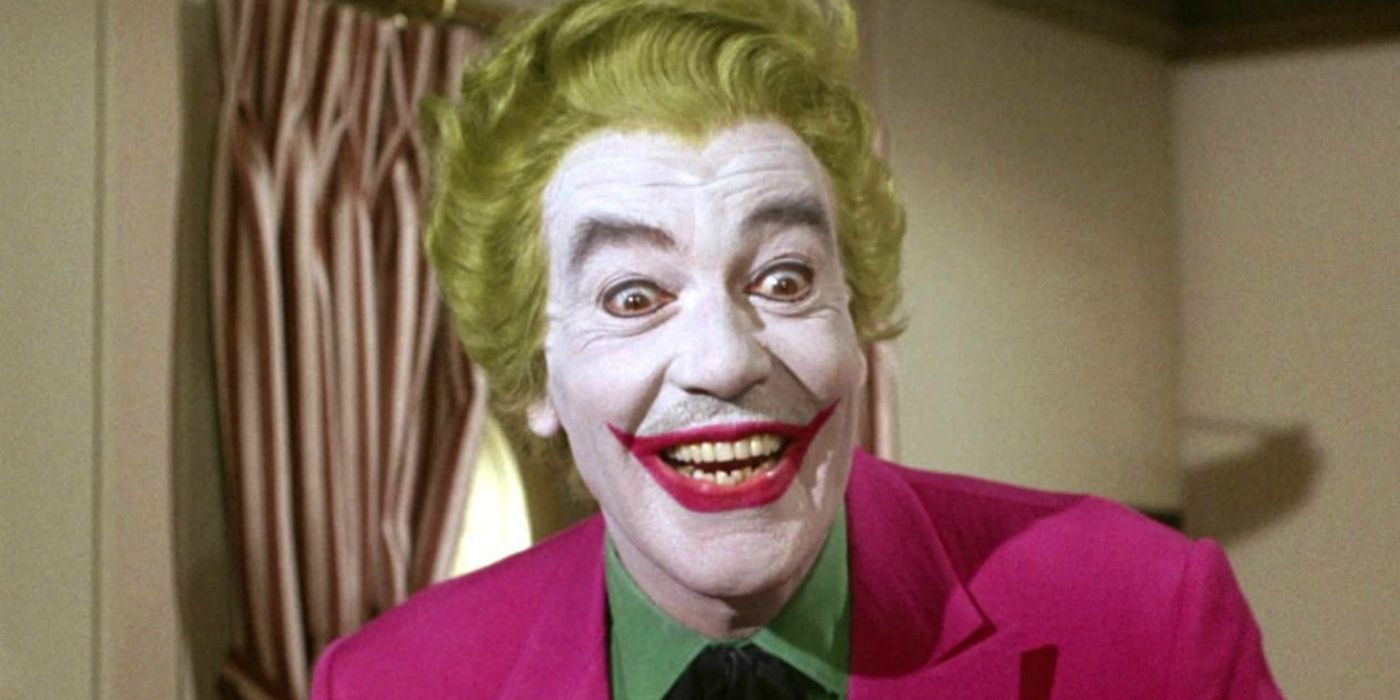
If The Batman sits solemnly upon one edge of the superhero movie spectrum, 1966’s Batman is so far down the opposite end even Flash would get exhausted running between them. 1960s Batman struck an infamously campy tone, light as one of Penguin’s feathers and aimed squarely toward DC’s youngest followers. Naturally, that distinction applies to Barry Keoghan and Cesar Romero’s respective Jokers too.
Common ground exists in only the broadest possible strokes. Both share white make-up and green hair coloring (what’s left of it in The Batman‘s case), both possess an eccentric showman-like charm, and both, err… like crime? In every other conceivable sense, Barry Keoghan’s Joker couldn’t be further removed from Romero in 1966. For the latter, Joker’s in-universe persona required nothing more than the right costume, but The Batman‘s version is physically scarred, with Matt Reeves confirming a congenital disease forces Joker into a constant smile. Subverting the notion of an ideologically motivated Joker, Romero’s villain sought money and jewels like a conventional crook, but Robert Pattinson using Joker as his serial killer sounding board in The Batman alludes toward more depraved desires.
Similarly, Adam West’s 1960s Batman never really treated his Joker with any extra fear or fervor than other adversary. The conversation between Pattinson and Keoghan from Matt Reeves’ cutting room floor, however, establishes how Batman and Joker share a special, twisted connection, echoing DC comics’ later portrayals of their strange dynamic.
Though their differences are significant, Cesar Romero’s influence – conscious or otherwise – can still be felt within The Batman‘s Joker. Keoghan’s laugh lands fairly close to his 1966 predecessor, with the comedic, high-pitched cackle turning from jovial to ominous within The Batman‘s grim context. Additionally, Matt Reeves based his Joker reinvention upon the 1928 silent movie The Man Who Laughs – an original inspiration behind DC’s comic creation. Cesar Romero is the Joker who best captures this influence.
How The Batman’s Joker Is Different To Jack Nicholson’s
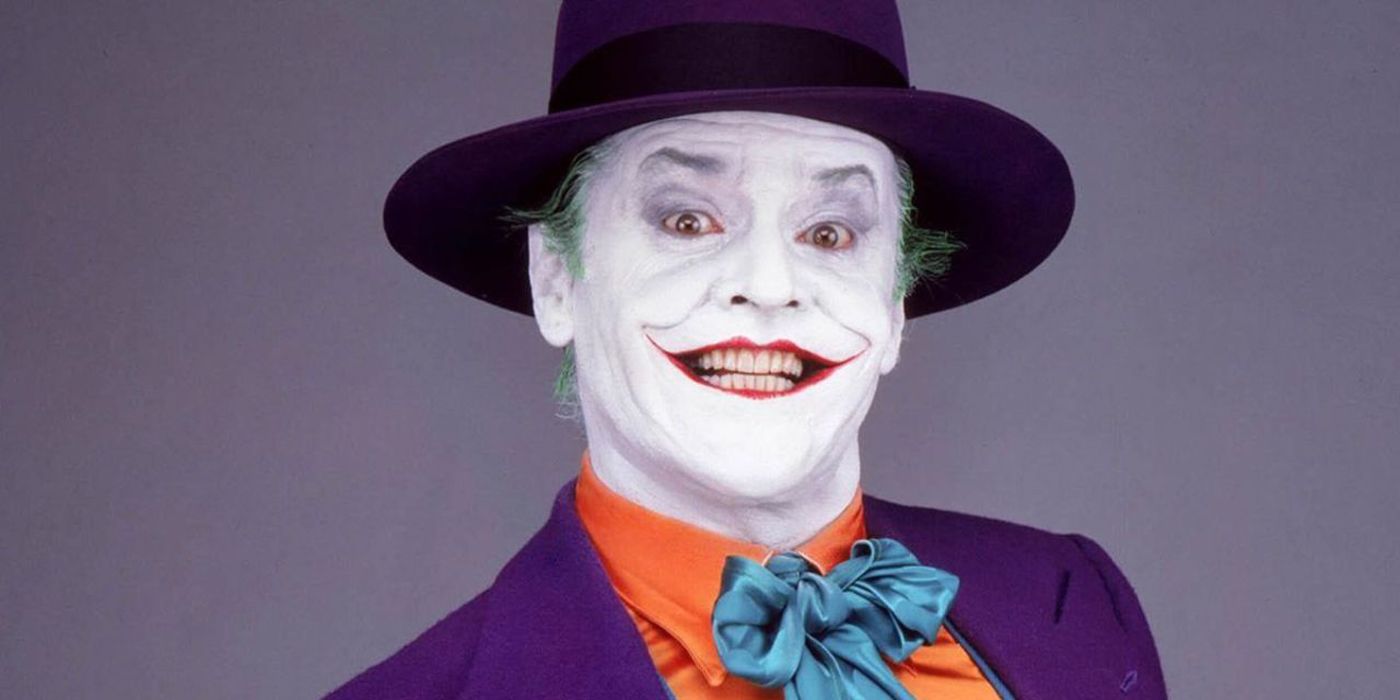
Pulling Jack Nicholson’s 1989 Joker slightly closer to The Batman is the presence of physical injury. Tim Burton’s Batman sees “Jack Napier” fall into a chemical vat, emerging with brilliant white skin and pea-colored hair. By soliciting backstreet surgery to reverse this damage, Jack’s face is wrenched into a permanent smile, pushing him to embrace the clown-themed persona of “The Joker.” Although Joker’s smile is genetic in The Batman (no chemical baths here), signs of self-mutilation can be spotted – instances where Barry Keoghan’s character maybe attempted “fixing” his face the same way Nicholson’s once did. According to Matt Reeves, the Arkham prisoner’s physical appearance will ultimately push him to embrace the “Joker” persona fully, drawing a backstory parallel between Keoghan and Nicholson.
Unlike the Cesar Romero incarnation, Jack Nicholson’s Joker and Michael Keaton’s Batman were true nemeses – another commonality with the villain’s 2022 reinvention. Whereas 1989 Joker and Batman hated each other for deeply personal reasons (Jack Napier killed the Waynes; Batman accidentally dropped him into the chemical vat), Pattinson and Keoghan’s hero/villain relationship is presented as two lost souls finding each other – their paths destined to cross forever.
Though undoubtedly more alike than 1966’s Joker, Barry Keoghan and Jack Nicholson still cut drastically different outlines of their mutual role. The transformed Jack Napier was a snappy dresser, suave and sinister in equal measure, dancing merrily to Prince in public. Adopting a post-millennial mindset, The Batman‘s Joker is unkempt – and, more importantly, unconcerned by being so. He might view Nicholson’s Joker as too frivolous, showy and socially-acceptable to have any real fun.
How The Batman’s Joker Is Different To Heath Ledger’s
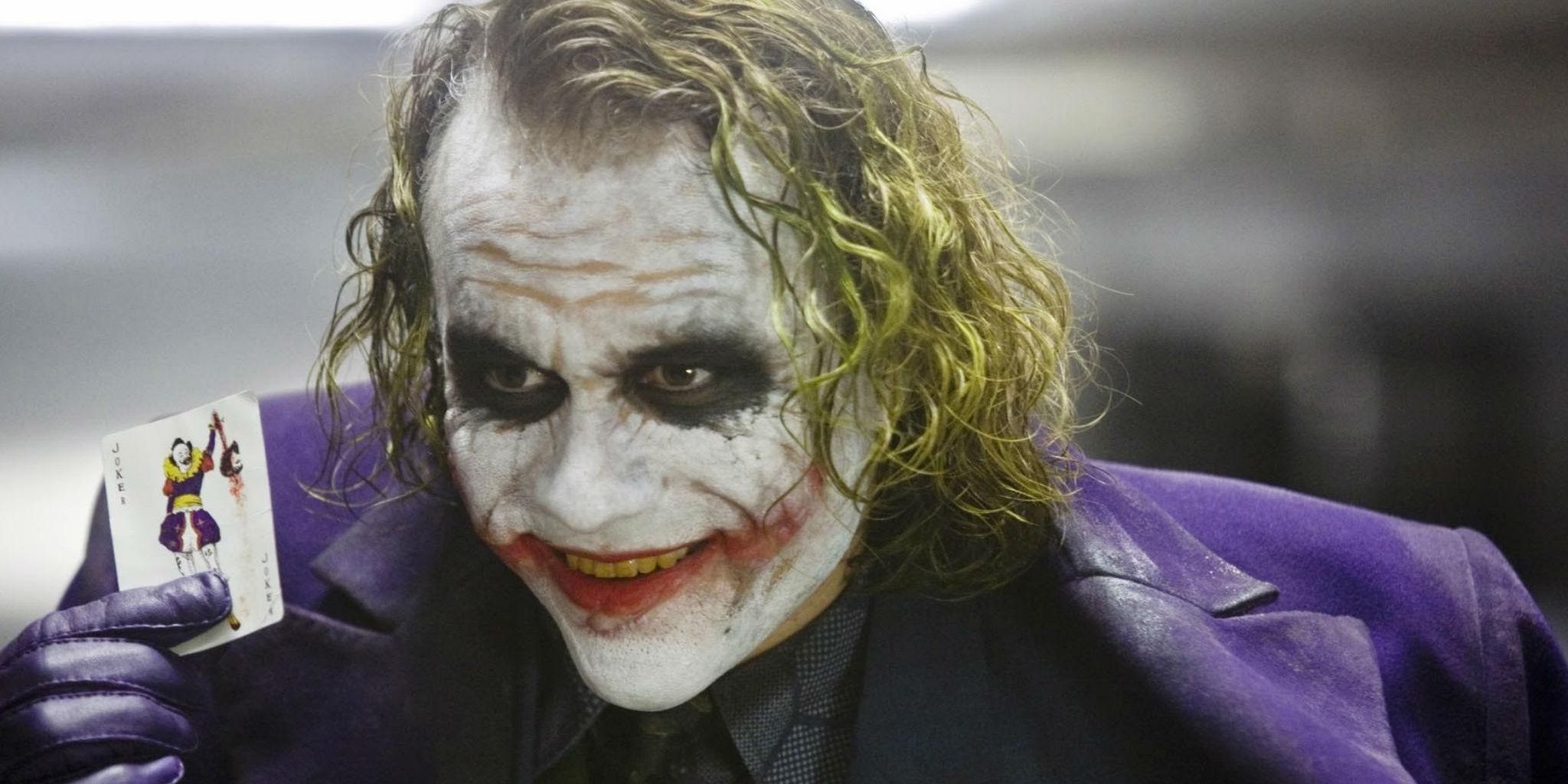
Christopher Nolan performed a sharp tonal 180 with his Dark Knight trilogy, turning Batman’s mythology into a brutally realistic vision completely devoid of comic book cartoonishness. Joker gleefully followed down that very same path, and Heath Ledger’s The Dark Knight performance is an unhinged, unleashed Joker drastically darker than any of his live-action predecessors. As their respective franchises both plumb the blacker depths of Batman lore, Heath Ledger’s Joker is the most directly comparable to Barry Keoghan’s.
Infamously, The Dark Knight never offers a single morsel regarding Joker’s backstory. We do, however, know Ledger’s version is physically scarred in a manner far more gruesome than Nicholson’s 1989 incarnation, but pale face and green hair is a fashion choice this time, rather than chemically imposed. The Batman adheres to this same format, albeit with drastically more extreme scarring. Ledger and Keoghan feel relatively aligned in their motivations and mentality too. Eschewing the trappings of traditional criminality, The Dark Knight‘s Joker is a chaotic nihilist striving to reveal Gotham City’s true nature and “watch the world burn.” Though we’ve not yet seen enough of Barry Keoghan’s performance to be certain, his deleted scene opposite Robert Pattinson exudes the same morally-vacant sociopath traits.
Close cousins they may be, but The Batman‘s Joker still stands completely apart from The Dark Knight‘s. Whereas Ledger-Joker became renowned for his kookiness, self-styled as a “dog chasing a car,” Keoghan-Joker remains in total control of he and Batman’s Arkham interplay, drilling into the Caped Crusader’s brain and finding its gravest weakness. Joker as a master manipulator represents a wholesale deviation from Heath Ledger’s “force of energy,” who blew through life leaving destruction in his wake. Keoghan is adding a calculating, conniving element that allows his Joker to be distinct.
Their laughs are very different too. Keoghan’s high-pitched hyena impression mocks Batman like a personal attack on the Dark Knight’s intelligence. Ledger’s deep, full-bodied whooping, on the other hand, denotes his unpredictability and wildness.
How The Batman’s Joker Is Different To Jared Leto’s
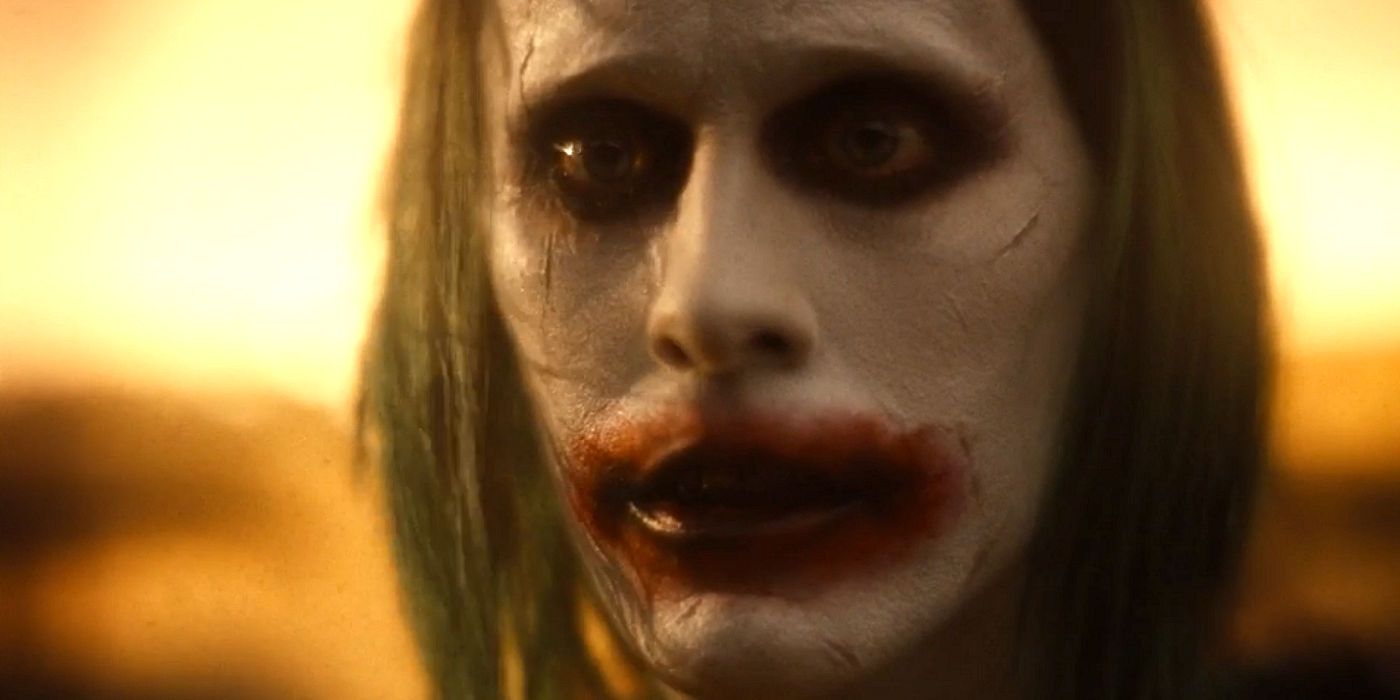
Assessing Jared Leto’s Joker is inherently tricky. The 30 Seconds To Mars vocalist made glorified cameo appearances in 2016’s Suicide Squad and 2021’s Zack Snyder’s Justice League, both incredibly brief, and both drastically different from each other.
Forgetting the Snyder cut momentarily, Barry Keoghan’s Joker and Jared Leto’s Suicide Squad Joker have about as much in common as Alfred Pennyworth does with Poison Ivy. In a performance reportedly butchered by studio meddling, Suicide Squad casts Joker as a modern mobster – garish sports cars, cringe tattoos, and the kind of guy who’d take a girl home just to show off his gun collection. With his fashion model looks and materialistic desires, Jared Leto’s Suicide Squad character is Joker sponsored by AllSaints. The only meaningful similarities to The Batman are a shared reliance on mental manipulation (Leto’s Joker mesmerizes Harley Quinn into abusive obedience), and how both debut already well-acquainted with their respective Batmen. Even their origins diverge, with Suicide Squad adapting Joker’s Ace Chemicals tumble and discoloration, but laying off the physical scarring.
The gulf in styles isn’t quite so pronounced in Zack Snyder’s Justice League, where Joker adopts a damaged, thin-haired design not a million miles from Barry Keoghan in The Batman. The Snyder cut’s Knightmare epilogue also finds Joker poking and prodding Batfleck’s temper with jibes about his parents, his ego, and Robin, brutally hitting the Bat-shaped nail on the head each time. In The Batman‘s deleted scene, Joker takes similar joy in exposing Battinson’s weaknesses. Regardless, the distance between portrayals remains wide, as Leto delivers an animated villain full of impressions, gags and sexual references – worlds away from Keoghan’s more subdued territory.
How The Batman’s Joker Is Different To Joaquin Phoenix’s
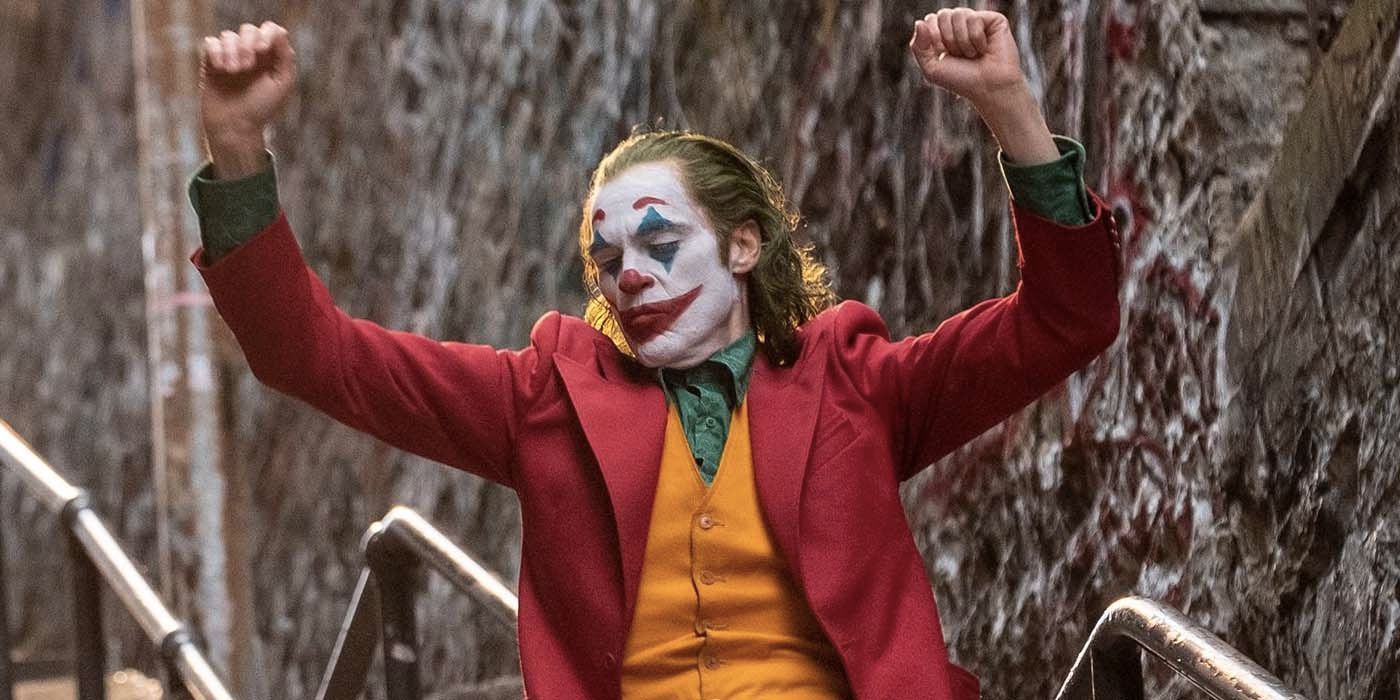
2019’s Joker gifted Arthur Fleck a completely new backstory, where a mild-mannered clown is molded into The Joker by personal trauma, mental illness, and social inequality. The only conceivable crossover with The Batman‘s Joker would be Fleck’s laugh, which is caused by a medical condition and has proven a source of ridicule since childhood. Barry Keoghan’s version could probably empathize with Fleck due to his congenital perma-smile. Though unconfirmed, The Batman also hints Keoghan’s Joker might’ve performed as a clown in his past life, mirroring Arthur Fleck’s vocation. Matt Reeves claims the Joker seen befriending Riddler in Arkham isn’t yet the finished article, but Keoghan’s deleted scene includes vague flecks of white face paint and green hair. The clown gang from The Batman‘s opening sequence might also be Joker’s old minions, pointing toward a preexisting obsession with men in red noses.
Once again, however, their separation far outweighs likeness. As Arthur Fleck, Joaquin Phoenix’s Joker inspired a degree of sympathy from viewers, beginning the story as a shy victim of circumstance. Despite only appearing for 5 minutes, The Batman makes precisely zero attempt to evoke sympathy for Barry Keoghan’s Joker, and there’s certainly nothing shy or mild-mannered about Pattinson’s arch-enemy. After Arthur Fleck fully transforms into Joker, his mannerisms become theatrical, over-dramatic, and almost flowery in nature. Keoghan-Joker does the exact opposite. His movements are awkward, intimidating, and creepy, showing precious little of the performance-isms and abundant ego of Arthur Fleck during his Murray Franklin talk show spot.
Why The Batman’s Joker Is So Different To Past Versions
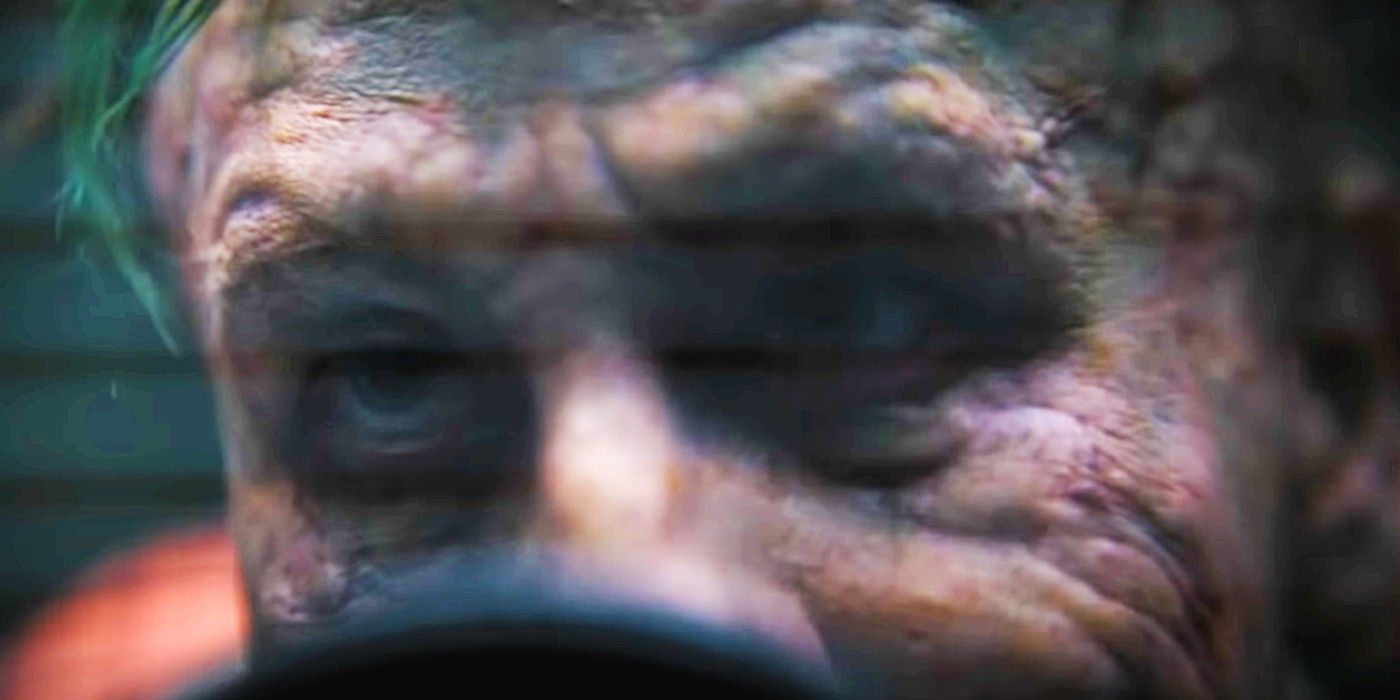
Each movie Joker inevitably becomes a product of their surroundings. Batman‘s 1960s camp turned Joker comedic, Christopher Nolan’s dedication to realism resulted in a Joker that could feasibly exist, Suicide Squad‘s style-over-substance ethos bore a heavily-stylized Joker, etc. In the same vein, Barry Keoghan’s Joker is so strikingly removed from the character’s history because The Batman itself is so striking and unique. Matt Reeves inherits the darker reality of Nolan’s Gotham, but drenches DC’s most famous city in a hefty dose of neo-noir. Keoghan reflects that by retaining the tangible, visceral qualities of Heath Ledger’s performance, but peddling a quiet, seething menace and an unsettling physical appearance. Just as The Batman‘s Gotham City is fueled by bleak anger and melancholic injustice, there’s a mysterious Arkham prisoner ticking down the days until he can wreak havoc – and, more importantly, play with Batman – all over again.
Matt Reeves was surely also conscious to avoid retreading Joker portrayals of yore – although Warner Bros. has made that task increasingly tricky with each recast. The Batman couldn’t risk repeating Ledger’s wanton nihilist or Phoenix’s green-haired Norman Bates, leaving Reeves little option but to push Keoghan into deliberately extreme territory – extreme in terms of his shocking physical appearance, and extreme in the sense that Joker isn’t even “The Joker” yet, yet he’s still a renowned Arkham criminal who torments Batman and probably attempted to remove his own face. Imagine how evil he’ll be once the transformation is complete.
Key Release Dates

Super Pets
Release Date:2022-07-29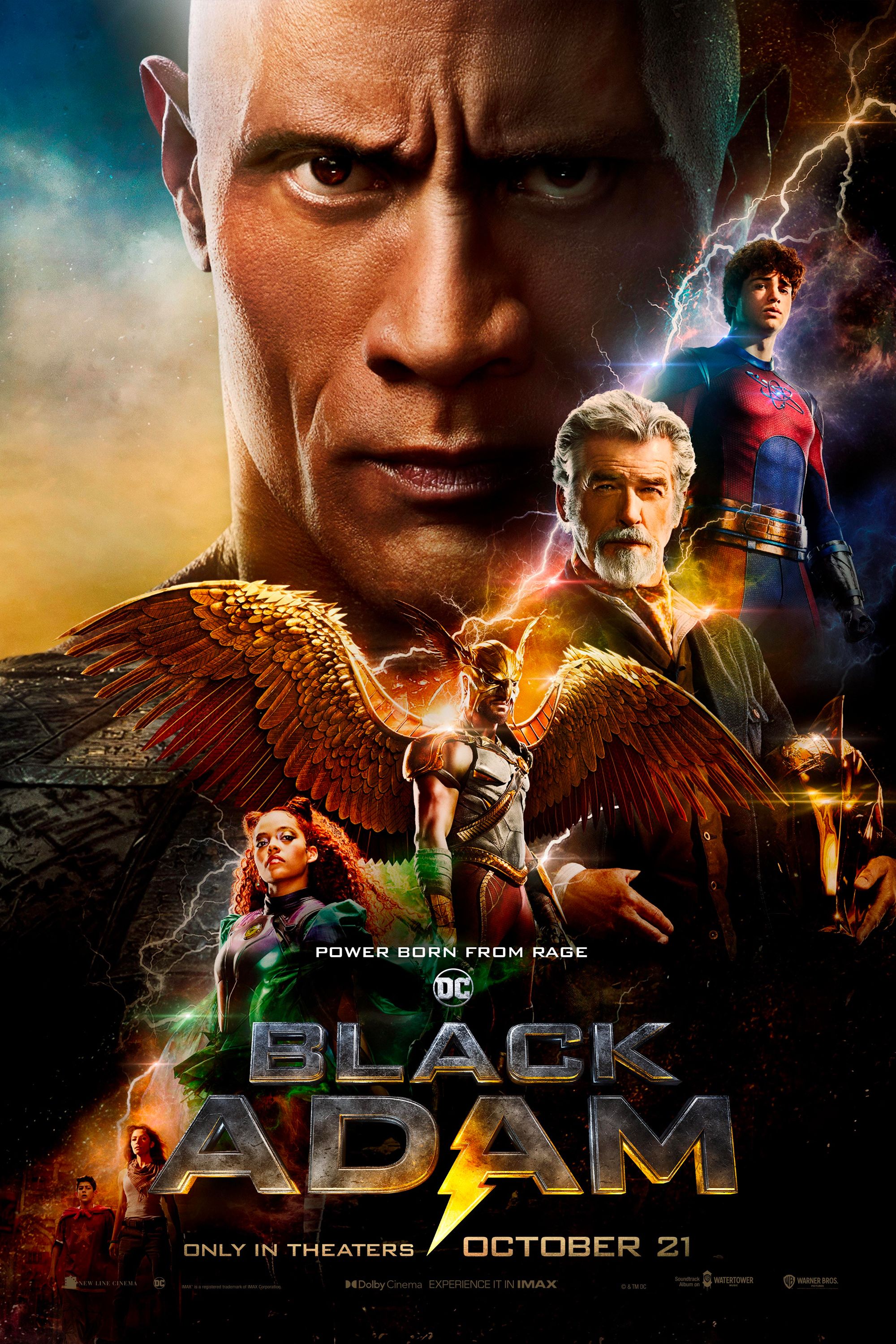
Black Adam
Release Date:2022-10-21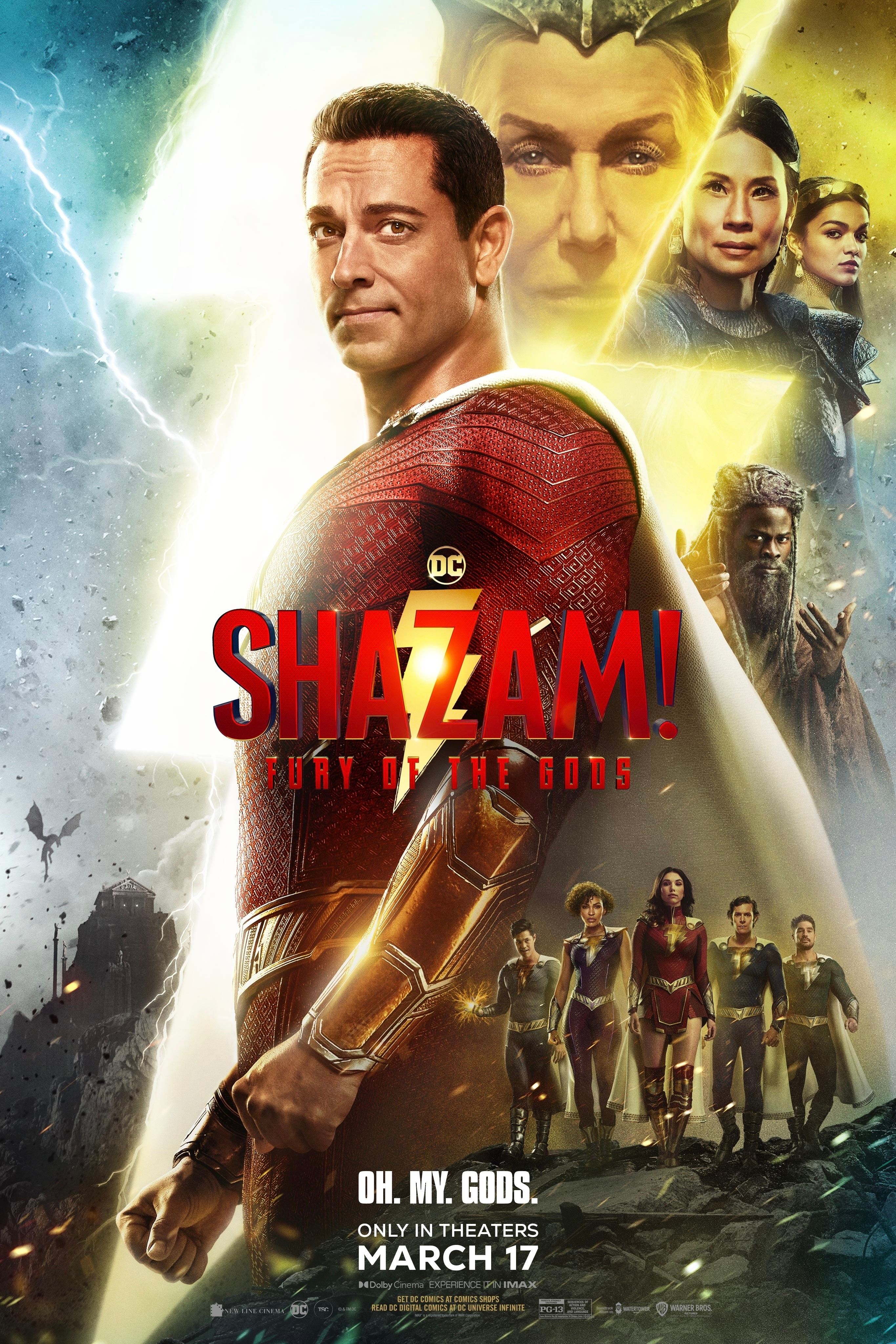
Shazam! The Fury of the Gods
Release Date:2023-03-17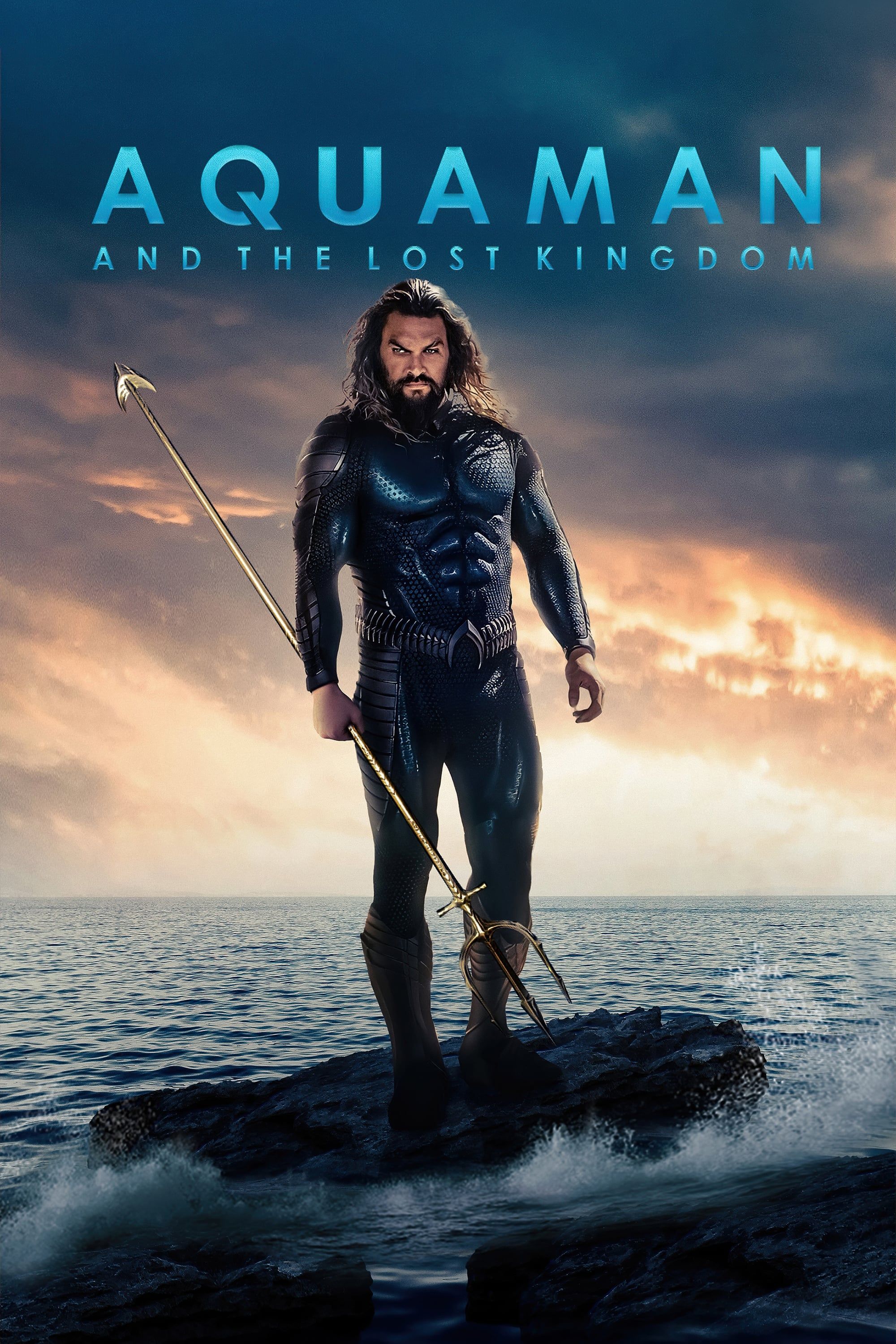
Aquaman 2
Release Date:2023-12-25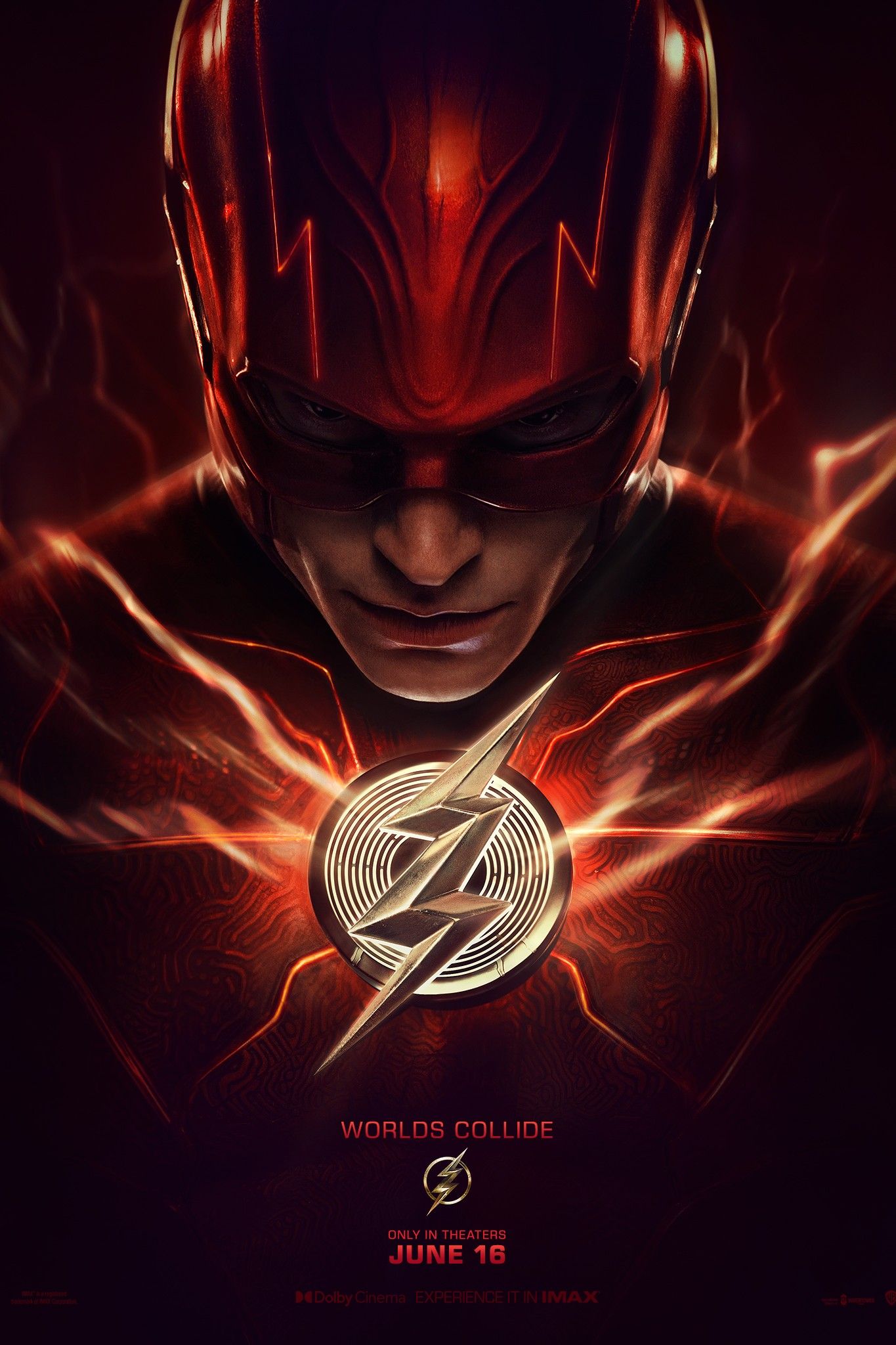
The Flash Movie2
Release Date:2023-06-16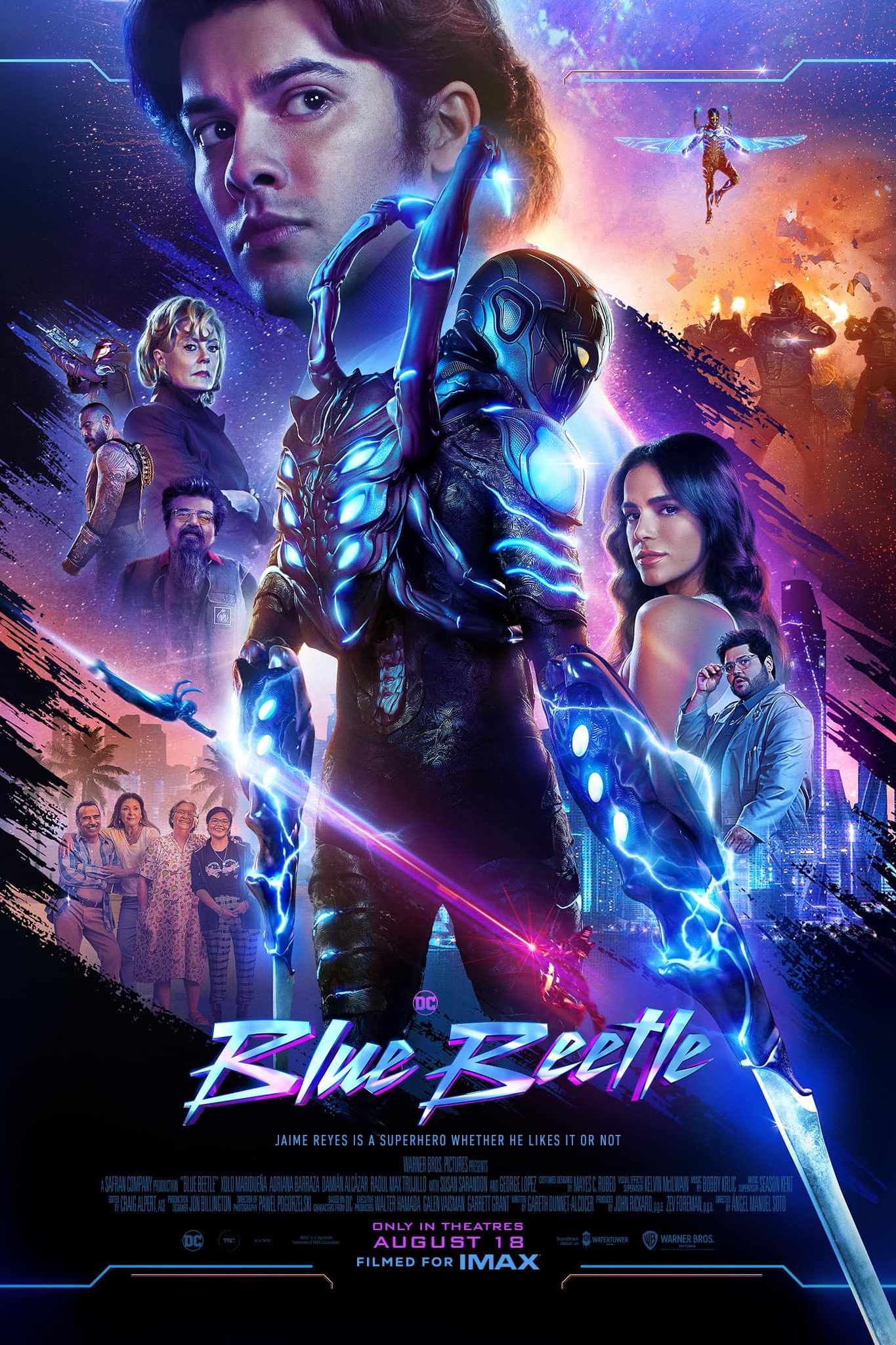
Blue Beetle
Release Date:2023-08-18

